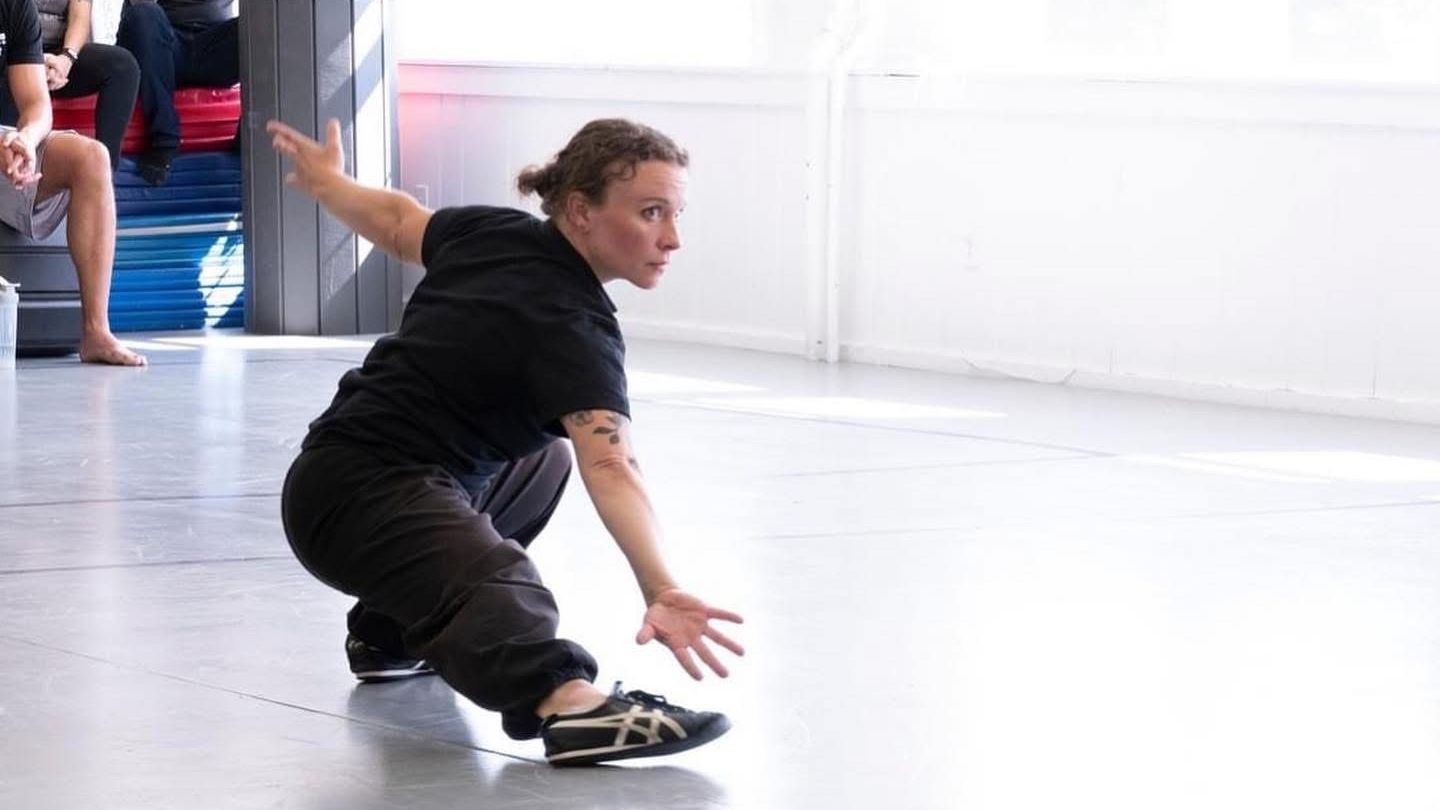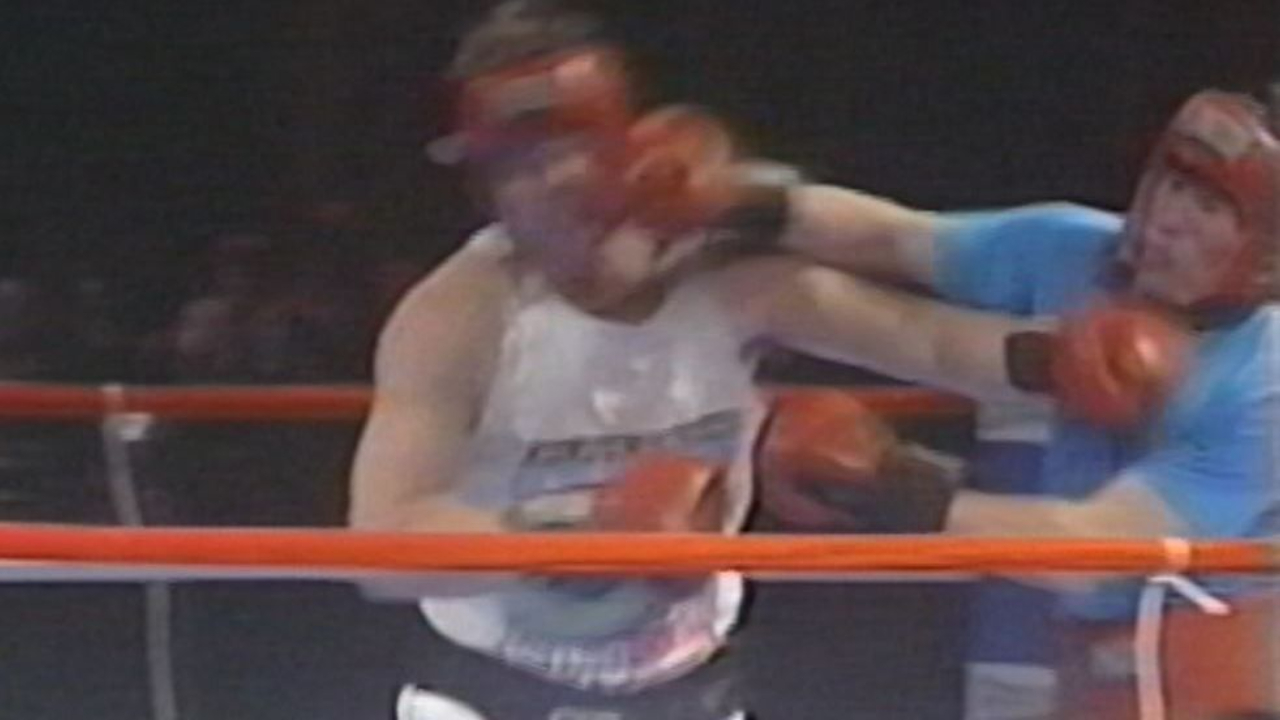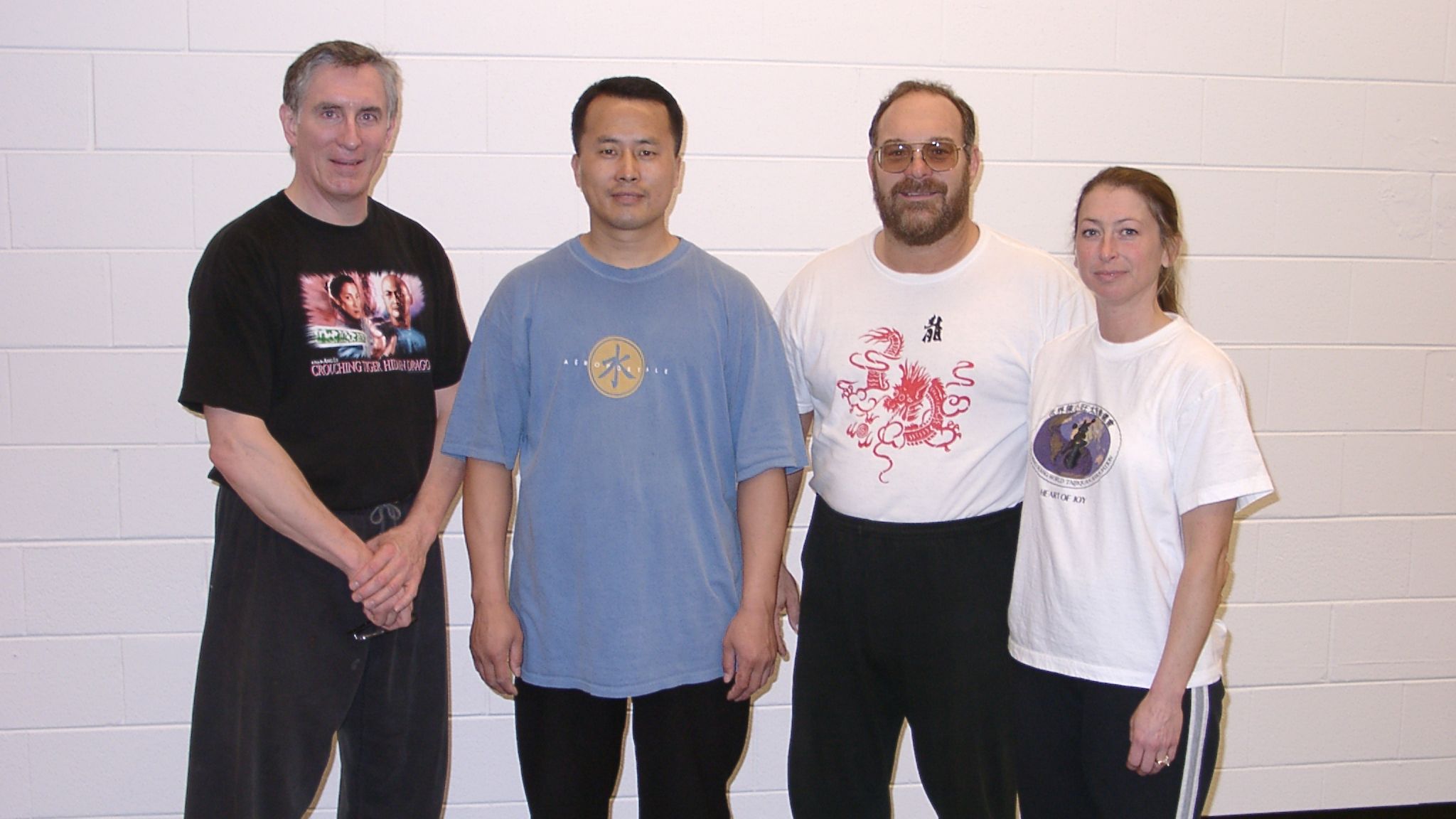Internal Fighting Arts Podcast on Lists of Top Podcasts

My podcast -- Internal Fighting Arts -- has made a couple of lists on Feedspot that I consider quite an honor.
Earlier this year, Internal Fighting Arts was listed as the #1 Tai Chi podcast.
Now, Feedspot has listed it as number 30 on the list of Top 70 Martial Arts podcasts, which is a much more crowded field and includes all martial arts, including MMA.
I was also listed as #8 on the list of Qigong podcasts.
I launched my podcast in 2014. My goal each time is to have a good teacher as a guest -- someone with ties to a top master. Occasionally, I go off-topic if the guest appeals to me like the lastest one -- Aaron Leisinger, who is a martial artist and a police officer. He had information I found very interesting about martial arts and the job of keeping the peace. You can browse through the list of podcasts and guests by following this link. You can also find the podcast on Spotify or wherever you listen to podcasts.
Rest is Not Weakness -- Lessons from a Glute and Groin Injury

Two weeks ago, I did something bold, brave, and totally against the martial artist’s natural instinct.
I rested.
It wasn’t easy. I didn’t want to do it. But my body made the decision for me.
I had tweaked my left glute. I'm not sure how I didn't, I just know I didn't do it the fun way. But it quickly became one of those annoying injuries that doesn’t seem major at first, so you try to push through it. “It’s just a little pull,” I told myself. “I’ll work around it.”
Sound familiar?
But martial arts doesn’t always give you the luxury of working around a pain that affects your core stability. Tai Chi, Xingyi, Bagua — all require strong, coordinated lower-body mechanics. Even walking the dog became a lesson in humility.
Pivoting on my left leg, pushing back into a couch or recliner, bending over to tie my shoes or pet the dog -- everything sent me into a spasm of agony, like a knife was stabbing me in the butt!
And sneezing! Don't even get me started. We are so connected inside our...
Why Long-Term Martial Artists Put in Effort and Pain Year after Year

Martial arts -- they're not for everyone.
How often have you heard someone say that? I've not only heard it, I've said it.
David Brooks just wrote one of the best op-ed pieces I've ever read in The New York Times about how to live the best life possible. If you are a martial artist, and a dedicated one, you might see yourself in this wonderful piece.
For those of us who feel compelled to practice these arts long-term, we don't see the strain and the pain of learning as an obstacle.
We are faced with intricate movement that requires us to rewire our brains and bodies.
We are corrected over and over by our teachers.
And when other students who enroll in a martial arts class give up because it's "too difficult," we see that difficulty and pain as a challenge. Do we feel uncoordinated? Yes. Does it discourage us? No, it makes us work harder.
We work to get better, and the better we get, the more we practice. We know we can do better.
We practice and study -- week after week, yea...
Shuai Jiao Champion Lindsay Lambert - Internal Fighting Arts Podcast Interview #78

She just gets in there and tries to win. Shifu Lindsay Lambert is the owner and head instructor at Wu Dao Kung Fu & Tai Chi in Watertown, Massachusetts, in the greater Boston area. She teaches Chinese martial arts, including Shuai Jiao (Chinese wrestling) and she has won championships in that art. In this edition of the Internal Fighting Arts podcast, I talk with Lindsay about her martial arts journey, training in the arts and I ask about the obstacles faced by a female martial artist and teacher. You can listen here or download the podcast.
A Martial Arts Myth: Point Sparring Robs Your Power in a Real Fight

The photo above shows me punching my opponent in my only full-contact match.
In my opinion, a highly-skilled martial artist should be able to apply the right amount of force when needed, but in some situations, you should be able to apply no force at all. Being able to do both requires skill.
There is currently a real "tough guy" attitude in martial arts, especially online. Here is one argument they make: If you spend a lot of time point-sparring, you won't be able to apply force when you need it in a self-defense situation. Instead, you will pull your punches.
I call malarkey, and I know it's malarkey because of my personal experience.
Skill Development and Control
Pulling punches and using light contact in sparring teaches fine motor control and precision. This enables you to "choose" between delivering light or heavy contact, depending on the situation, which is crucial in real-life self-defense to avoid unnecessary harm or legal consequences. It is also important to be able t...
Internal Fighting Arts Podcast Is Recognized as Number One Tai Chi Podcast

I was very honored to see that according to Feedspot, my podcast is at the top of the Top 15 Tai Chi Podcasts to Listen to in 2025. What an honor.
The podcast is 10 years old, and I plan to continue it for the next ten years.
I talk with English-speaking internal arts instructors (Taiji, Xingyi, Bagua, and Qigong) who have ties to well-known masters, and I talk philosophy with Taoist priests and Zen Buddhists.
If you haven't heard it (or haven't heard it lately) I hope you'll check it out at the link below and browse through the 77 editions I have done so far. I am always inspired by my guests, and I believe you will be inspired, too.
https://internalfightingarts.libsyn.com/
21 Years Ago Inside Kung-Fu Ran $5,000 Chi Challenge - Still No Takers

In the November, 2003 edition of Inside Kung-Fu magazine, my challenge to so-called "chi masters" was published -- 21 years ago.
That's when I began offering $5,000 to any chi "master" who could knock me down without touching me.

The challenge was triggered by an article in the August, 2003 issue showing an alleged Tai Chi "master" knocking his student down without touching him. The headline on the magazine's cover said: "No-Touch Chi Force: Is it For Real?" And, of course, the article, written by a student of the "master," said yes, it is real.
The teacher was Henry Wang, and the article was written by his student Peter Uhlmann, a psychiatrist from British Columbia. The article describes how Henry Wang learned over time how to "interrupt" the chi of an attacker. Some of Wang's students quit over this nonsense. I consider them the students with integrity.
Here are three photos from the Inside Kung-Fu article showing Henry Wang knocking down his student.

Here is the letter I ...
Why Some Tai Chi Folks Lose Their Balance Immediately
I see it all the time. Some Tai Chi person, often someone who is called a "master," begins their form and loses their balance at the very beginning of the form.
As you know, Tai Chi is all about maintaining your mental and physical balance at all times.
We practice the movements and the intricate body mechanics to learn how to maintain our balance and our "center."
Watch this video and, if you do Tai Chi, check yourself in a mirror or on video to see if you have kinky hips at the beginning of the form.
This is the kind of lesson you learn on this website when you become a member. These seemingly small details help you create the ability to have a stronger root and to develop the relaxed power that makes Tai Chi Chuan a strong martial art.
--by Ken Gullette
It's Easy To Close Your Mind Off to a Better Way of Martial Arts

Stop the Exaggeration - Nobody Knocked Anyone Ten Feet Through the Air

I've always been an advocate of an important concept in the internal Chinese martial arts. That concept is simple:
Keep it real.
The first thing you might think of are the fraudulent claims about "qi powers" that some teachers claim to possess. That actually is a bunch of malarkey, but I'm talking about a different issue this time.
I've read it in books. I've heard it said in podcasts. I heard someone say it again just today when I listened to a podcast. You've probably read it or heard it, too. It goes something like this:
"This master (insert the name here) did push hands with a student (or hit the student) and sent him flying back THROUGH THE AIR TEN FEET!"
I have a simple answer for this claim: "No, he didn't."
We need to stop saying it. Why should we stop? Because it isn't true.
We tend to exaggerate. But our martial arts are pretty good. We don't need to exaggerate to make our art, our teacher, or ourselves look good.
From the edge of the red (by my left foot) to the ...

